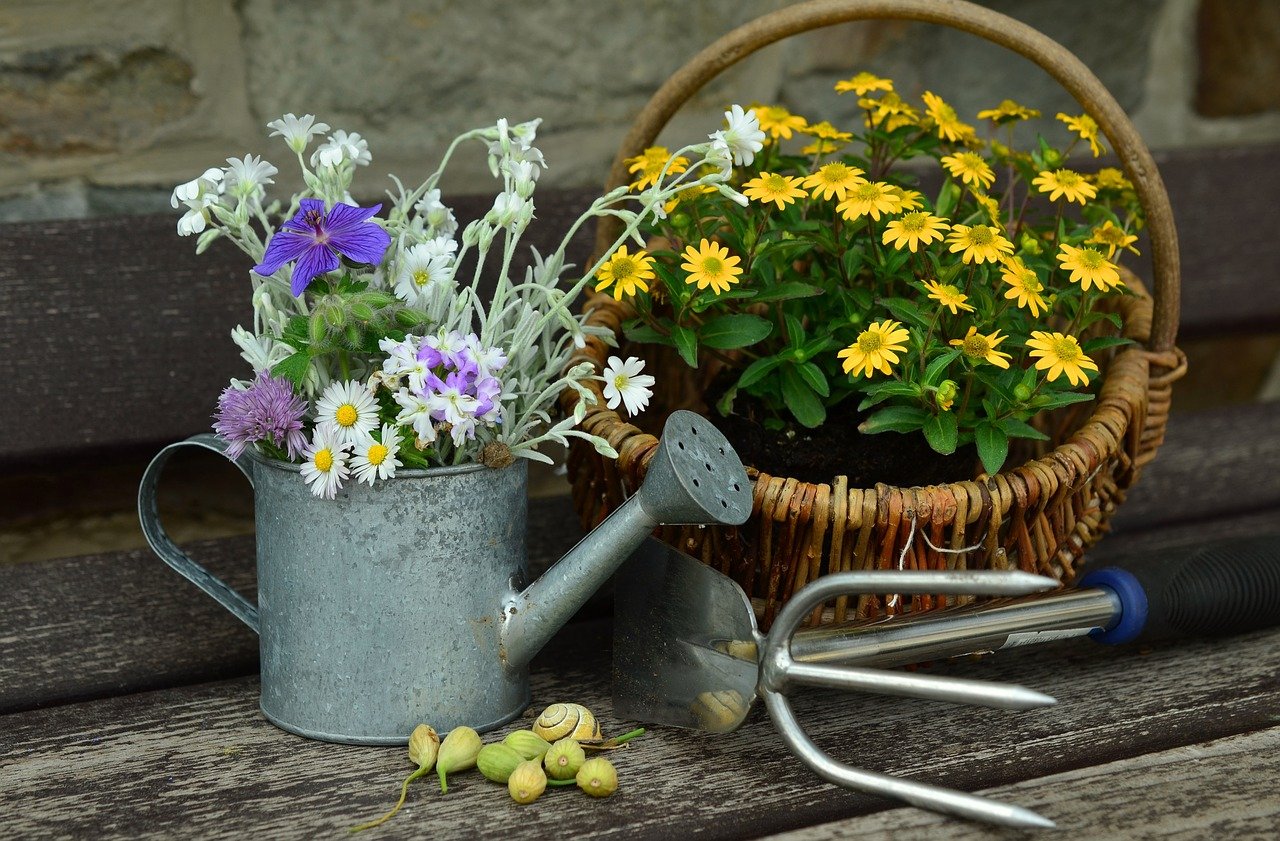According to climate researchers, heat waves are likely going to become more common. Already, we’ve seen record high temperatures across the northern hemisphere, and such conditions are only going to get worse in the future.
Heat waves can have a shocking effect on gardens. Excessive heat saps the ground of moisture and turns everything brown within a couple of days. A once green and verdant lawn can suddenly look like the Sahara desert.
The good news is that gardeners can do quite a bit to prevent summer heat waves from doing serious damage. Here are some of the strategies you might want to try:
Water Your Garden Early In The Morning
It might sound like a simple thing, but watering your garden early in the morning can help to keep the worst of summer heat waves at bay. Water filters down into the soil and gets trapped there, by the roots, before the sun has a chance to evaporate it. Then, during the day, bright sunlight parches the top layer of the soil, but the roots beneath still have access to water.
During hot summer weather, avoid the temptation to use a sprinkler. These lose a lot of moisture to wind, wasting water in the process.
Instead, use a soaker. These help to drench the ground fully before the sun comes up.
Use Shade Cloths
The combination of intense heat and bright sunlight can stress some plant species to the limit. Therefore, many gardeners prepare by adding shade cloths to their plants.
Shade cloths come in various degrees relating to the amount of sunlight they block. Hardy plants may not need much shade at all, while sensitive species, such as salad greens, might require 50 to 60 percent.
Shade cloths are temporary solutions. Only use them for a week or so during the height of temperatures. Remove them quickly afterwards so that plants can continue collecting sunlight.
Plant Warm-Weather Lawn Species
Lawns often take the brunt of summer heat waves. And if they are large, finding ways to shade them is often impractical.
The best option here is to change the grass species to one that is hardy in hot weather. For instance, you can get tall fescue seeds from Grass Seed Online. This particular variety is much better at dealing with high heat and bright sunlight than most species planted in Northern Europe and North America.
Transplant Shorter Species So That They Have Tree Cover
Another natural option is to transplant shorter species that are vulnerable to hot temperatures and put them under the cover of taller trees. Just remember not to transplant plants to areas that have permanent shade. Look for bare spots around mature trees, remembering to add plenty of fresh soil around the plant.
Apply A Reflective Mulch
Applying brown mulch to your garden is great for preventing weed growth, but it isn’t that good for keeping the ground cool. For this, you’ll want to use reflective mulch. These help to keep soils cool and reduce the need for watering. Dry grass clippings are a good option.




